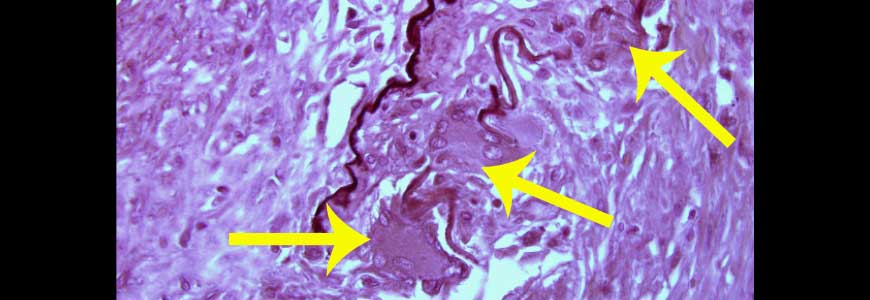Alternative therapies to treat chronic pain and inflammation, developed to help patients with conditions such as fibromyalgia, lupus, or rheumatoid arthritis, have emerged as mainstream tactics in recent years, specialists say.
Many of the approaches have proven effective in helping patients who report an adverse childhood event (ACE) or present with reoccurring pain or inflammation that cannot be resolved with the use of medication.
Larry Burk, MD, CEHP, a Duke musculoskeletal radiologist who was co-founder of Duke Integrative Medicine , works regularly with the Rheumatology and Immunology Division faculty. An author and coach, Burk launched a Duke Lupus Clinic pilot project in 2019 using meditation, expressive writing, and short acupressure tapping sessions with imagery. Although the therapies can be incorporated in many forms, Burk describes the following basic approaches:
- Emotional freedom Techniques (EFT): This tactic combines the physiological effects of therapies such as acupuncture with a cognitive pain and stress focus. EFT helps patients free themselves from previous challenging emotional experiences, Burk says, comparing the process to deleting a malware program from a computer. Techniques include acupoint tapping, verbal communications, and imagery for an integrative approach to self-healing.
- Mindfulness-based stress reduction (MBSR): A structured, eight-week meditation course and four-month maintenance program encourages a “mindful” focus on depressive symptoms, psychological status, and disease activity in patients with rheumatoid arthritis. Self-reported questionnaires help evaluate patients’ progress.
- Journaling or expressive writing: Patients focus on positive aspects of adverse experiences in a writing intervention that can either be structured or informal. Participants are asked to identify and express benefits in writing exercises. The objective is to reduce anxiety and pain levels.

New therapies showing promise
Lisa G. Criscione-Schreiber, MD, MEd, a Duke rheumatologist and collaborator with Burk, says the novel therapies are regularly offered to patients who may benefit. “Complementary and alternative therapies are showing promise, particularly because many of the drugs associated with these conditions are not satisfactory,” Criscione-Schreiber says. “The fact is, Western medicine’s solutions are not very efficacious for patients with, for example, fibromyalgia syndrome.”
Alternative therapies and scoring systems developed to measure past trauma have proven effective and beneficial in rheumatology studies, Criscione-Schreiber says. “There has long been an awareness that higher ACE scores correlate with fibromyalgia, chronic pain, and other syndromes,” she says. Patients with fibromyalgia can benefit from a combination of EFT, journaling, or mindfulness therapies, she says, adding that fibromyalgia is not an autoimmune disease.
Lack of insurance coverage is one of the most significant hurdles limiting broader use of alternative therapies, Criscione-Schreiber says. Many patients with lupus, for example, are not financially able to pay out-of-pocket for non-traditional therapies not covered by insurance.
High ACE scores are associated with lifetime medical problems and poor health, Criscione-Schreiber says, adding that the therapies should be combined with exercise and usual medical care.
The most effective approach is a partnership with conventional medicine, Burk says. “Drugs may work well in suppressing the response systems, but they do not address the underlying reason for the pain.”
